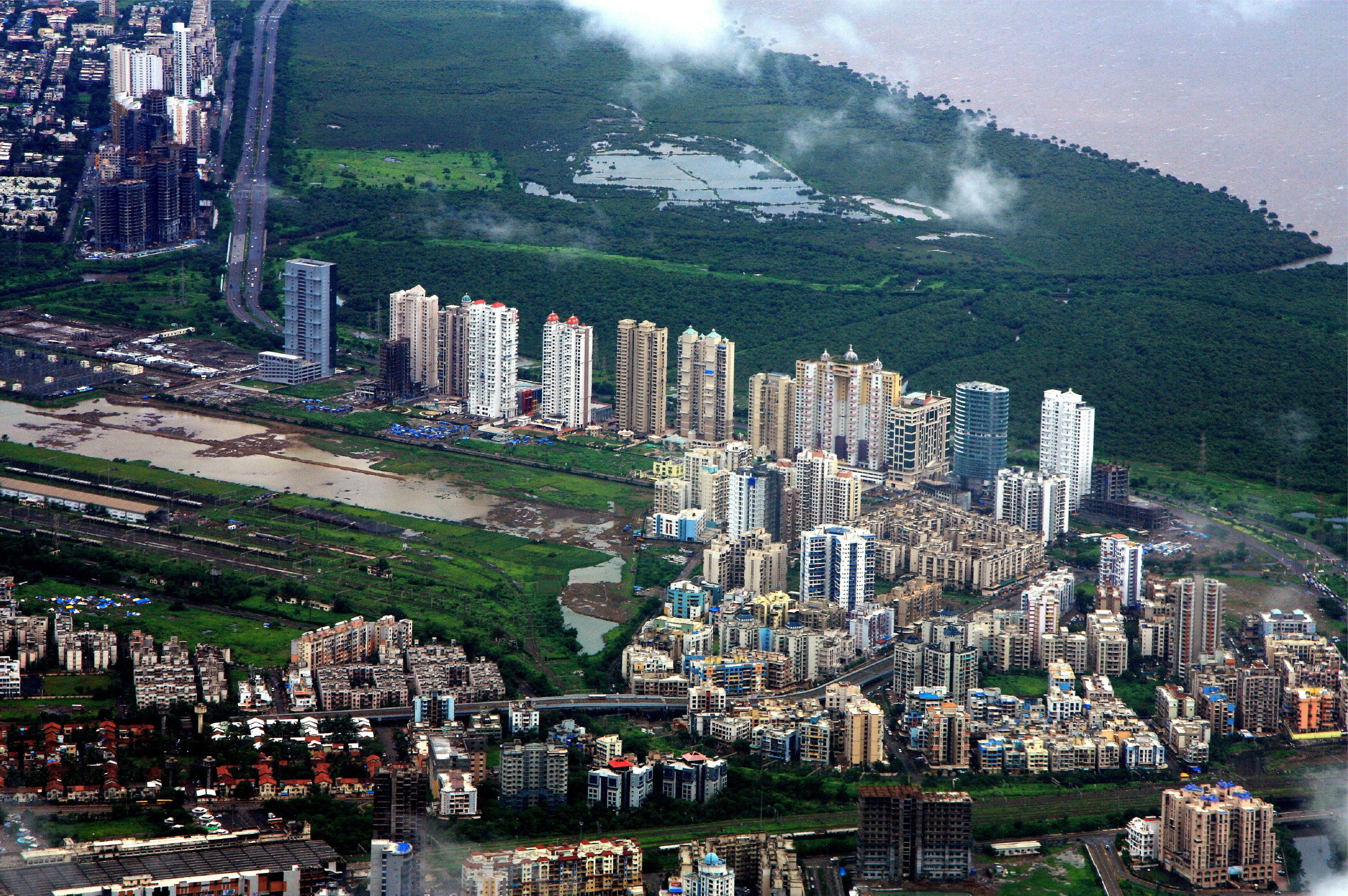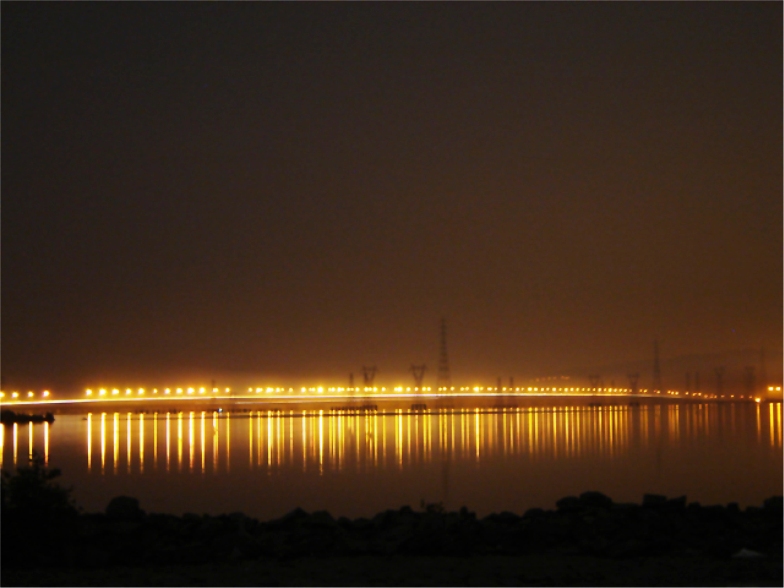Pravina Mehta on:
[Wikipedia]
[Google]
[Amazon]
 Pravina Mehta (1923–1992 or 1925–1988) of
Pravina Mehta (1923–1992 or 1925–1988) of
 In 1964, Correa, together with Mehta and Patel, proposed a plan for New Bombay (now known as
In 1964, Correa, together with Mehta and Patel, proposed a plan for New Bombay (now known as
 Pravina Mehta (1923–1992 or 1925–1988) of
Pravina Mehta (1923–1992 or 1925–1988) of Mumbai
Mumbai ( ; ), also known as Bombay ( ; its official name until 1995), is the capital city of the Indian state of Maharashtra. Mumbai is the financial capital and the most populous city proper of India with an estimated population of 12 ...
was a leading Indian architect, planner and also a political activist
A political movement is a collective attempt by a group of people to change government policy or social values. Political movements are usually in opposition to an element of the status quo, and are often associated with a certain ideology. Some ...
. During the Indian independence movement
The Indian independence movement was a series of historic events in South Asia with the ultimate aim of ending British Raj, British colonial rule. It lasted until 1947, when the Indian Independence Act 1947 was passed.
The first nationalistic ...
, she was inspired by Sarojini Naidu
Sarojini Naidu (Birth name, née Chattopadhyay) (; 13 February 1879 – 2 March 1949) was an Indian political activist and poet who served as the first Governor of Uttar Pradesh, Governor of United Provinces, after Independence Day (India), Indi ...
, a freedom fighter and participated in the street protests against the British Raj
The British Raj ( ; from Hindustani language, Hindustani , 'reign', 'rule' or 'government') was the colonial rule of the British The Crown, Crown on the Indian subcontinent,
*
* lasting from 1858 to 1947.
*
* It is also called Crown rule ...
before she started her study of architecture at the Sir J. J. College of Architecture. She was involved in the conceptualization and proposal of the New Bombay
Navi Mumbai (; also known as New Bombay, its official name until 1995) is a large city next to Mumbai, located in the Konkan division of the western Indian state of Maharashtra, on the mainland of India. Navi Mumbai is situated in Thane distri ...
plan in 1964 in collaboration with Charles Correa
Charles Mark Correa (1 September 1930 – 16 June 2015) was an Indian architect and urban planner based in Mumbai, India. Credited with the creation of modern architecture in post-Independent India, he was celebrated for his sensitivity to the ...
and Shirish Patel, which involved extension of the island city located to the east on the mainland. This plan was published in ''MARG'', a Bombay journal of art and architecture. She, along with Minnette De Silva and Yasmeen Lari
Yasmeen Lari (; born ) is Pakistan's first female architect. She is best known for her involvement in the intersection of architecture and social justice. Since her official retirement from architectural practice in 2000, her UN-recognized NGO ...
, was also actively involved in upliftment of people living in slums and in the rehabilitation of earthquake
An earthquakealso called a quake, tremor, or tembloris the shaking of the Earth's surface resulting from a sudden release of energy in the lithosphere that creates seismic waves. Earthquakes can range in intensity, from those so weak they ...
-affected people by developing low-cost housing, combined with environmental aspects and urban planning
Urban planning (also called city planning in some contexts) is the process of developing and designing land use and the built environment, including air, water, and the infrastructure passing into and out of urban areas, such as transportatio ...
.
Early life and education
Mehta had her initial education at the Sir J. J. College of Architecture in the 1940s. She discontinued her education as she took active interest in theIndian independence movement
The Indian independence movement was a series of historic events in South Asia with the ultimate aim of ending British Raj, British colonial rule. It lasted until 1947, when the Indian Independence Act 1947 was passed.
The first nationalistic ...
, and then moved to the United States
The United States of America (USA), also known as the United States (U.S.) or America, is a country primarily located in North America. It is a federal republic of 50 U.S. state, states and a federal capital district, Washington, D.C. The 48 ...
to pursue her studies in architecture. During the independence movement, she even suffered imprisonment. Leaving for the US, she was educated in the Illinois Institute of Design where she got her bachelor's degree in architecture. She then obtained her master's degree in architecture from the University of Chicago
The University of Chicago (UChicago, Chicago, or UChi) is a Private university, private research university in Chicago, Illinois, United States. Its main campus is in the Hyde Park, Chicago, Hyde Park neighborhood on Chicago's South Side, Chic ...
. After her education, she practiced for two years in Washington, D.C.
Washington, D.C., formally the District of Columbia and commonly known as Washington or D.C., is the capital city and federal district of the United States. The city is on the Potomac River, across from Virginia, and shares land borders with ...
She returned to India in 1956 to pursue her professional career in architecture.
Professional life
Mehta was involved in the design of houses, factories, schools, and institutions, but her structures no longer exist. In her plans, she adopted the modern practices of architectural designs she had imbibed during her studies in the US to an independent and "resurgent India". One such modern adaptation was her use of red sandstone to handcraft a stairway. She headed a research unit in Bombay city where the population was multi-social and where the socio-economic issues were complex. The research unit's task was to study the multi-diversity of the city, to conserve its socio-cultural life styles while evolving city plans to meet housing, sanitation, water supply, and other needs. She also aimed at establishing a link between architecture and other art forms. It was her view that traditional Indian art forms, which are rhythmic in style, could be translated to "the language of concrete and mortar". Her notable architectural designs include the Patel House, Kahim, a weekend resort facing the sea built in 1962 and said to have been influenced byLe Corbusier
Charles-Édouard Jeanneret (6 October 188727 August 1965), known as Le Corbusier ( , ; ), was a Swiss-French architectural designer, painter, urban planner and writer, who was one of the pioneers of what is now regarded as modern architecture ...
; and the Factory Chinchwada in Maharashtra
Maharashtra () is a state in the western peninsular region of India occupying a substantial portion of the Deccan Plateau. It is bordered by the Arabian Sea to the west, the Indian states of Karnataka and Goa to the south, Telangana to th ...
called the J.B. Advani Oerlikon Electrodes Factory, which was built in 1963 with labour-intensive on-site fabrication, and whose ventilation and lighting were provided by a rhythmic arrangement of windows.
 In 1964, Correa, together with Mehta and Patel, proposed a plan for New Bombay (now known as
In 1964, Correa, together with Mehta and Patel, proposed a plan for New Bombay (now known as Navi Mumbai
Navi Mumbai (; also known as New Bombay, its official name until 1995) is a large city next to Mumbai, located in the Konkan division of the western Indian state of Maharashtra, on the mainland of India. Navi Mumbai is situated in Thane distr ...
), which was different from the earlier plans prepared to extend the city limits upstream of the peninsula. Their vision has been compared to that in the popular Bollywood
Hindi cinema, popularly known as Bollywood and formerly as Bombay cinema, is primarily produced in Mumbai. The popular term Bollywood is a portmanteau of "Bombay" (former name of Mumbai) and "Cinema of the United States, Hollywood". The in ...
film '' Shre 420'', a film set in Bombay, the theme of which was hope. In this effort under the influence of ''MARG'', CIDCO
The City and Industrial Development Corporation of Maharashtra (CIDCO) is an Indian city planning agency and richest government authority in India which is formed and controlled by the Government of Maharashtra. CIDCO was formed on 17 March 197 ...
gave them "key decision-making positions" which enabled them to prepare the Draft Development Plan of October 1973. This plan was approved for implementation in August 1979. The plan proposed government initiatives which included building new roads, bridges and industrial zoning.
Mehta and her husband were also involved in dance, and she tried to blend the rhythm of the dance form in the planning of her buildings. A fine example of her blending the two forms is reflected in the audiovisual recording centre at Arehi, where in a limited space of , she maintained an aesthetic presentation of folklore and traditional colours.
Working in a male-dominated society, her approach to work was dictated by her saying, "When a woman is truly committed to her career, when there is an inner compulsion, she ceases to regard herself as a woman but only acts as a professional".
See also
* Revathi S. Kamath (1955-2020) was an Indianarchitect
An architect is a person who plans, designs, and oversees the construction of buildings. To practice architecture means to provide services in connection with the design of buildings and the space within the site surrounding the buildings that h ...
and planner based in Delhi
Delhi, officially the National Capital Territory (NCT) of Delhi, is a city and a union territory of India containing New Delhi, the capital of India. Straddling the Yamuna river, but spread chiefly to the west, or beyond its Bank (geography ...
.
* Sheela Patel (born 1952) is an activist and academic involved with people living in slums
A slum is a highly populated urban residential area consisting of densely packed housing units of weak build quality and often associated with poverty. The infrastructure in slums is often deteriorated or incomplete, and they are primarily in ...
and shanty towns.
References
Bibliography
* * * * * {{DEFAULTSORT:Mehta, Pravina 1920s births Year of birth uncertain 20th-century deaths Year of death uncertain Artists from Mumbai 20th-century Indian architects Indian women architects Illinois Institute of Technology alumni University of Chicago alumni Indian urban planners 20th-century Indian women artists Women Indian independence activists Women artists from Maharashtra Businesspeople from Mumbai Businesswomen from Maharashtra 20th-century Indian businesspeople 20th-century Indian businesswomen